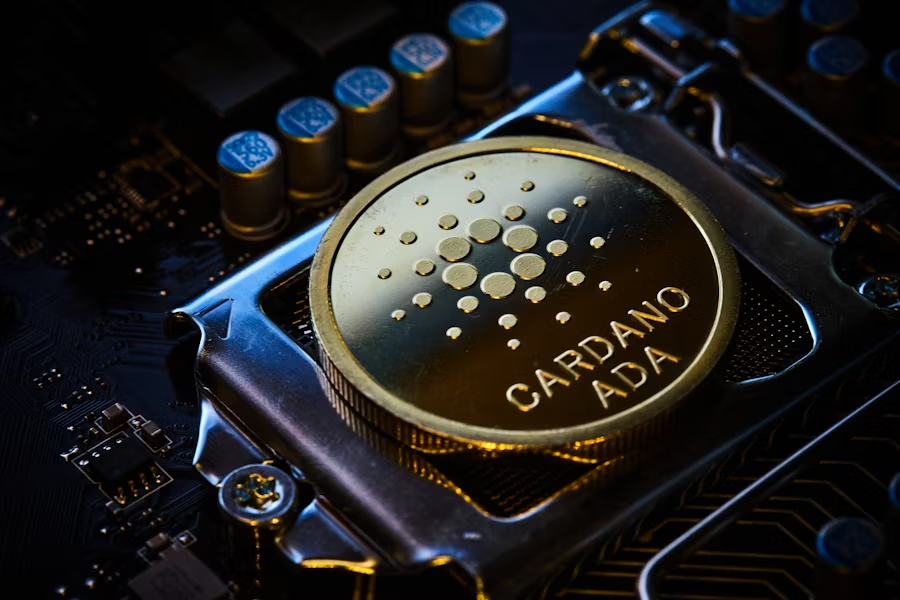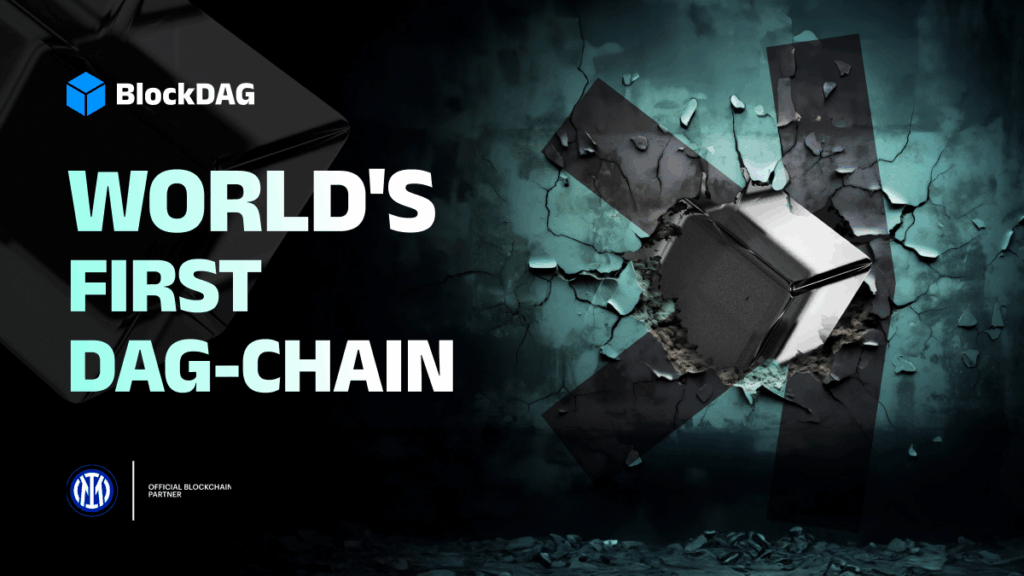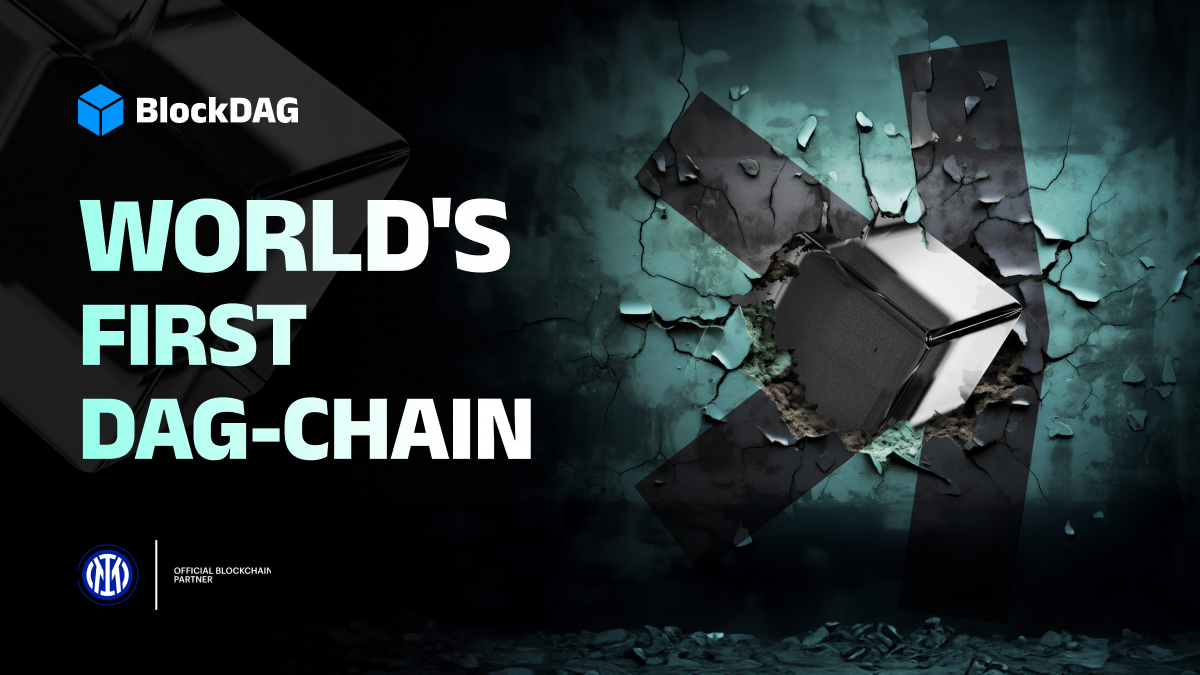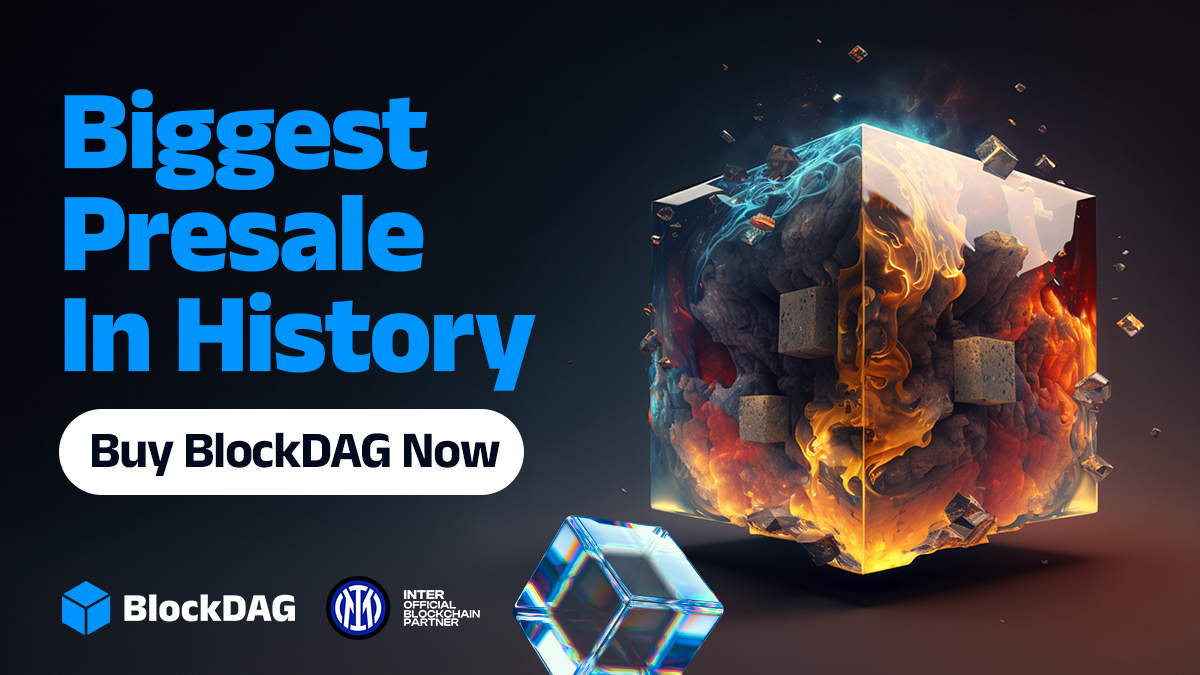Being early isn’t always being better. Cardano (ADA), once known for its secure and green approach to blockchain, now finds itself being outpaced by a newer project that’s not just following its path but pushing far beyond it. BlockDAG (BDAG) has entered the scene with a unique, high-performance framework, growing real-world use cases, and a pace that’s drawing serious attention. Unlike Cardano’s roadmap-based progress, BlockDAG is pushing adoption fast with a design that’s already live and functional.
Rather than relying on slow iterations, BlockDAG is showing results with real scalability and community-led infrastructure. While Cardano continues upgrading through phases like Hydra and Mithril, BlockDAG focuses on hands-on execution, providing a system that users and developers can actively use and grow today. It’s not about speculation, it’s about proven architecture.
Bold Hybrid System with Real-Time Speed and Functionality
Cardano relies on its academic proof-of-stake protocol, Ouroboros, which is energy-efficient and secure but limited in speed. Instead of following this model, BlockDAG takes a different route by combining Directed Acyclic Graph (DAG) with Proof-of-Work. This approach breaks the one-block-at-a-time system used by most chains, letting it confirm multiple blocks in parallel.
BlockDAG’s testnet has already hit over 2,000 transactions per second (TPS), significantly faster than Cardano’s current capacity. And while Cardano’s Hydra promises future scalability, it remains in early stages for most decentralized apps. BlockDAG, on the other hand, has EVM compatibility right now, offering developers smart contract tools and a no-code interface that works in a real environment. Transactions are confirmed instantly, giving developers and users a working system, not a waiting game.
This isn’t a trial run. The DAG-based architecture provides built-in speed, and using lightweight PoW balances decentralization with low energy use. BlockDAG offers fast finality, MEV resistance, and low transaction fees, even under high demand. Where Cardano depends on planned upgrades, BlockDAG delivers tangible performance now.
Tools That Make Development and Participation Easy
Developers often find Cardano difficult to work with because of Plutus, which is based on Haskell, a language unfamiliar to most in Web3. BlockDAG removes this hurdle by supporting Solidity from the start, making it easy for Ethereum developers to build without needing to relearn everything.
More than just compatibility, BlockDAG also brings mining and user rewards into the picture with hands-on tools. The X1 app, already used by over 2 million people, lets users mine from mobile phones. Meanwhile, plug-and-play hardware devices like the X10, X30, and X100 miners allow users to scale up from casual mining to running full nodes. This enables greater user control over the network.

While Cardano sticks to staking and delegation, BlockDAG gives users more than passive rewards. It offers devices that directly connect users to the network, giving real ownership and interaction. That’s a major shift from Cardano’s more abstract and academic approach to decentralization.
Expanding Ecosystem and Strong Market Movement
Cardano’s updates are often slow-moving and mostly academic in nature. Its Voltaire governance phase is still ongoing, and activity on its dApps remains limited. In contrast, BlockDAG is moving fast and gaining traction. With over $350 million raised in crypto presale and 24.3 billion coins sold, it stands out as one of the strongest presale projects in recent memory.
The ecosystem is already active. Its testnet allows real token deployment and live smart contract interaction, with users participating and providing feedback. Strategic sports partnerships with Inter Milan, Seattle Orcas, and Seattle Seawolves show a focus on reaching mainstream audiences through real-world engagement. These deals go beyond brand exposure; they help onboard new users through recognizable names.
Hardware deployment also shows this readiness. X30 and X100 miners are shipping from July 7, and X10 devices start dispatching on August 15, shortly after the GLOBAL LAUNCH release milestone. The final discounted presale price of $0.0016 is available until August 11. Cardano, meanwhile, still battles issues like fragmented wallets and slow validator syncs. BlockDAG’s clear strategy and rapid rollout keep it several steps ahead.
Final Verdict!
Cardano was an early example of an energy-conscious and secure blockchain, but it’s no longer the leader in pace or functionality. BlockDAG has built a foundation that speeds up both development and adoption. Its hybrid DAG + PoW setup solves major problems, delivering performance and security at once. Its hands-on tools and mining system create real ways for users to get involved. Everything works now, not later.
While Cardano still waits for growth in its ecosystem, BlockDAG is already showing results with active developers, real traction, and strong liquidity plans. The crypto future belongs not to those who started early, but to those who show readiness. By that measure, BlockDAG leads the charge as a true upgrade.
Presale: https://purchase.blockdag.network
Website: https://blockdag.network
Telegram: https://t.me/blockDAGnetworkOfficial
Discord: https://discord.gg/Q7BxghMVyu
Press releases or guest posts published by Crypto Economy have been submitted by companies or their representatives. Crypto Economy is not part of any of these agencies, projects or platforms. At Crypto Economy we do not give investment advice, if you are going to invest in any of the promoted projects you should do your own research.








